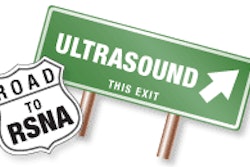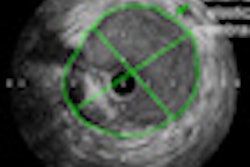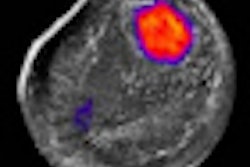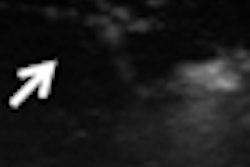Wednesday, December 1 | 11:20 a.m.-11:30 a.m. | SSK12-06 | Room N229
In a positive early finding, South Korean researchers found that the use of a computer-aided detection (CAD) algorithm to generate ultrasound elasticity scores in thyroid scans worked as well as radiologists generating the scores on their own.The radiologists used real-time thyroid elastography to examine 488 patients scheduled for ultrasound-guided fine-needle aspiration. Two radiologists reviewed elastograms in consensus and assigned elasticity scores from 1 to 5.
Then, researchers drew a region of interest around each mass margin and assigned scores from 0 for greatest strain to 255 for no strain for each pixel. Elasticity features such as mean hue histogram value and difference in histogram variation were computed to evaluate findings of benign and malignant nodules. Receiver operator characteristics (ROC) analysis was used to evaluate diagnostic performance, and area under the curve (AUC) was compared between CAD and radiologist-generated elasticity scores.
The researchers found that the AUC value of the CAD algorithm was 0.95, compared to 0.91 for the radiologist-generated scores, a variation that had no statistical significance (p = 0.10). Computer-assisted classifiers produced a sensitivity of 93%, compared to 92% for the radiologist-generated scores, while specificity stood at 83% for CAD versus 81% for the radiologists.
The researchers concluded that elastography CAD has the potential to aid the interpretation of ultrasound thyroid scans by classifying malignant and benign nodules.



















